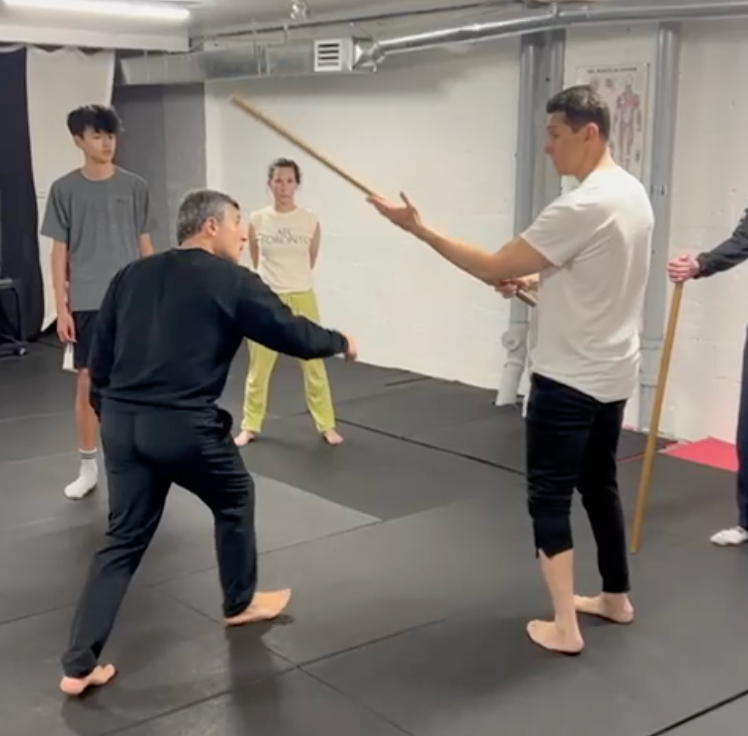Grabs and Holds — How Systema Turns a Scary Moment into Calm, Clever Movement
- Emmanuel Manolakakis

- Sep 28
- 2 min read
Picture this: someone suddenly grabs your wrist. Heart does a little leap, your shoulders tighten, and your first instinct is to brace, pull, or freeze. Now picture the exact opposite — you breathe, feel the pressure, shift your weight, and the grab becomes... an invitation to move. That’s the Systema way of handling grabs and holds: relaxed, curious, and oddly graceful.
Systema doesn’t teach rigid moves with complicated names. Instead it gives you a toolbox of tiny, human-friendly principles that work whether the grab is friendly (a partner drill) or unexpected. Here’s a fun, practical look at how Systema teaches grabs and holds — with a bit of swagger and a lot less panic.
Why grabs and holds are interesting (and useful)
Grabs and holds are short, tactile conversations. The hand talks, the arm replies, and your whole body either helps or gets dragged along. Systema trains you to read that conversation: pressure, angle, timing. Once you can feel the message, you can answer without shouting with your muscles.
The golden rules (short, memorable)
Breathe first. Sounds simple because it is. Breathing calms you and gives you options.
Relax, don’t lock. Tension makes the grab stick. Relaxation creates space.
Move the body, not just the wrist. Tiny hip or step changes are surprisingly persuasive.
Turn, don’t yank. Rotation beats brute force.
Feel > remember. Learn to read pressure and direction rather than memorizing “one-true-escape.”
How the training actually looks (fun drills you can try)
Systema classes sneak the tough stuff into playful drills, so you get better without turning into a robot.
Breath-and-touch: Stand back-to-back with a partner, keep light contact, close your eyes, and match tiny pressure changes. It’s like slow dancing for your hands.
Give-and-take: One person gently grabs a wrist at 10% strength. The other breathes, yields, and moves. Increase the “oomph” gradually. No wrestling, just discovery.
Random-grab rounds: Partners grab from odd angles and you practice turning the space. It’s chaotic in the best way — like a short, improv scene where you’re always in control.
Flow loops: Escape a wrist grab, then immediately offer a soft control or create distance. Repeat and speed up. It trains continuity: grab → respond → move.

What instructors say (cute, useful cues)
You’ll hear short lines over and over: “Breathe into the grip.” “Turn the floor.” “Soft hands, strong body.” They stick in your head and actually work when your adrenaline spikes.
When this stuff is mastered
It looks unglamorous: calm breathing, small steps, and fewer yanks. It’s not about theatrical throws or painful submissions. It’s about being present, using your skeleton and balance, and making grabs and holds feel like a manageable negotiation instead of a crisis.
Quick takeaways (so you can remember them between coffees)
Grabs and holds are information — read them.
Breath + relaxation = options.
Small body moves beat big muscle fights.
Practice with partners, start slow, then add surprise.
Systema makes you cleverer with contact, not meaner.







Comments